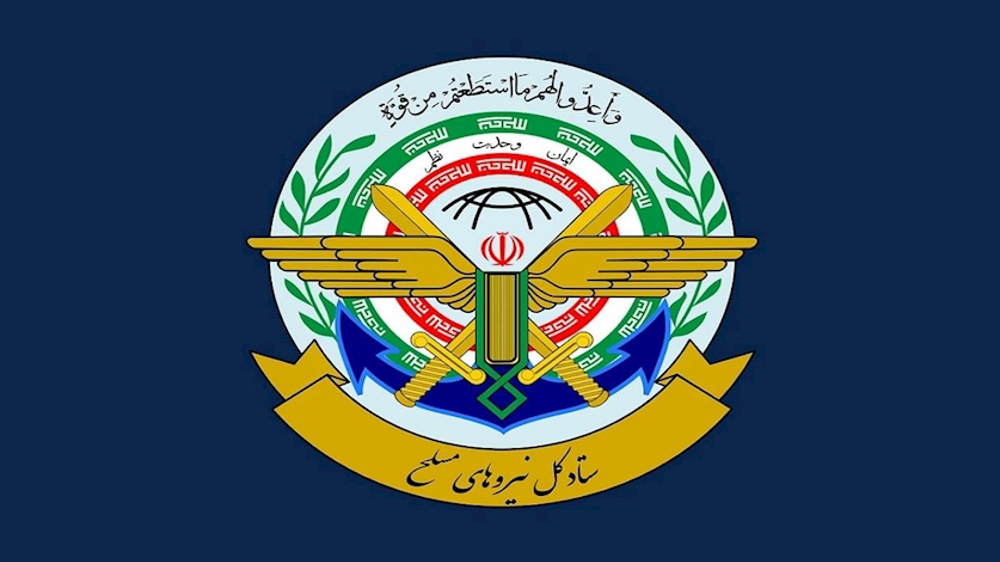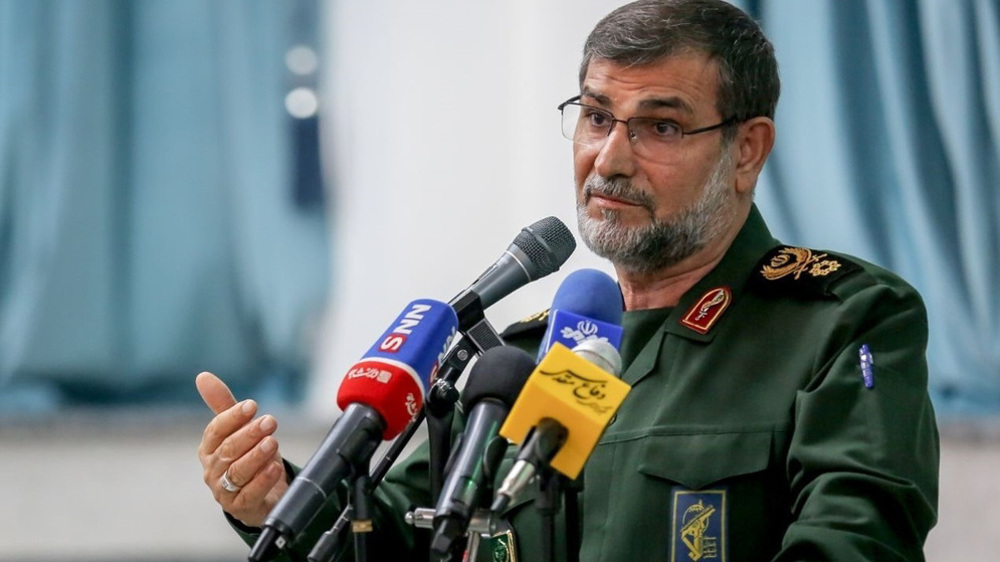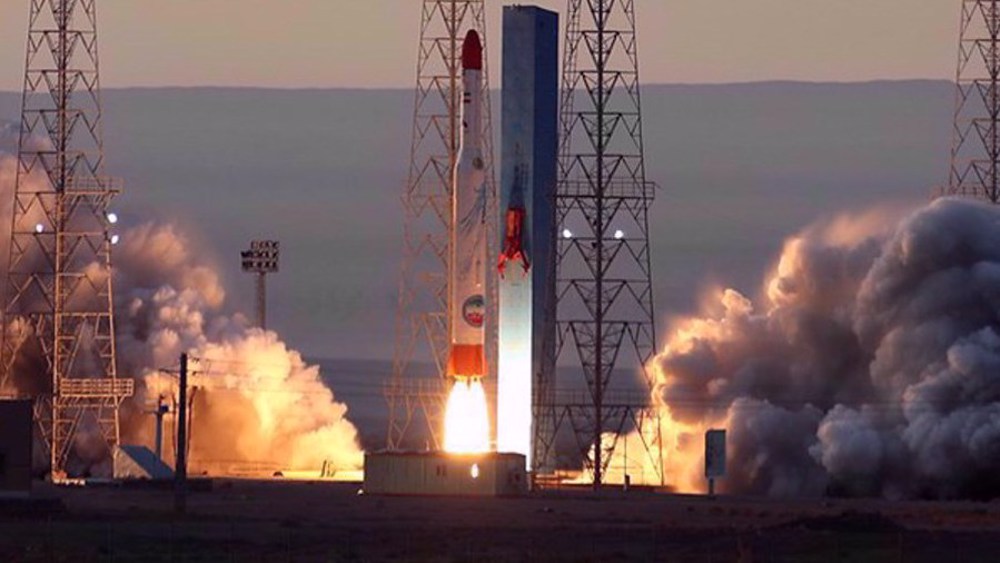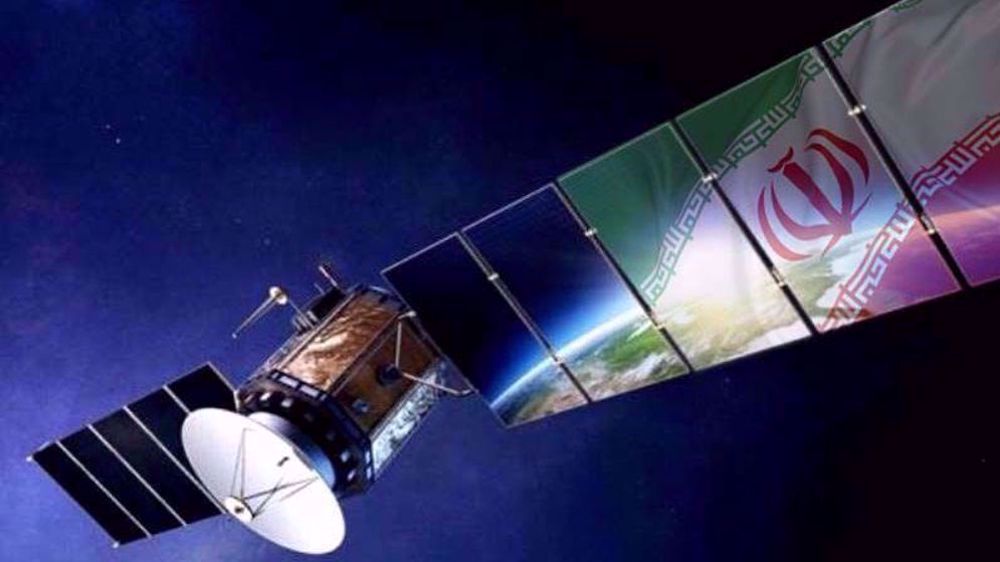Iran to inaugurate second phase of Chabahar spaceport
The head of the Iranian Space Agency has announced that the second phase of the Chabahar spaceport for semi-heavy liquid-fueled launchers is to be inaugurated in the current Persian calendar year.
Hassan Salarieh said on Tuesday that the first phase of the Chabahar spaceport is for solid fuel launchers and is expected to be inaugurated this year (which started March 21), adding that adequate studies were conducted regarding the second phase of the site in previous years and the new phase for semi-heavy liquid fuel launchers is to be opened during the year.
“This spaceport has a special position in Iran and the region and can serve as Iran's gateway to enter international markets since the launch and placement of satellites must be conducted in a way that meets the needs of different countries to reach various orbits,” Salarieh said.
“We need to conduct solar launches and launches at various orbital inclinations from this base, and considering the proximity of the base's geographical location to open and oceanic waters, as well as its closer position to the equator, the start of geostationary launches could be from this base,” he added.
The head of the Iranian Space Agency underlined that the Islamic Republic is among about 11 countries providing launch services, and all its satellite launches boast of domestic technology.
“Just as we entrust some of our launches to other countries, other countries can also entrust their launch services to us,” Salarieh added. “These services are mutual and are common in the world, similar to passenger services, and an economic perspective on the satellite industry is realized in the context of these reciprocal relationships.”
The country ranks among the world’s top 10 nations capable of developing and launching satellites.
On September 27, 2024, Iran’s Islamic Revolution Guards Corps (IRGC) Aerospace Force successfully launched the homegrown imaging satellite Nour-3 into orbit.
Nour-3 (Light-3) was launched by satellite carrier Qased (Messenger) and placed into an orbit 450 kilometers (280 miles) above the Earth’s surface.
Earlier in the year, Iran successfully sent the homegrown Mahda research satellite, along with two research cargoes, to space onboard the domestically developed Simorgh (Phoenix) satellite launch vehicle (SLV).
Mahda weighs 32 kilograms and its primary task is to test the satellite-related subsystems, verify the function of Simorgh SLV in dispensing space cargoes, and evaluate the performance of new designs and the reliability of indigenous technologies in space.

US announces new sanctions targeting Iran’s drone program

Iranian Armed Forces vow ‘harsh response’ to any threat, warmongering

IRGC Navy cmdr.: Any attack on Iran’s interests will be met with firm response
Houthi: Intensified US aggression against Yemen failed
Israeli captives held in areas targeted for evacuation by the regime: Al-Qassam Brigades
VIDEO | President Yoon of South Korea impeached, dismissed
Trump tariffs led to a $2.5 trillion wipeout for the US stock markets
VIDEO | Press TV's news headlines
Lebanese reporter resigns due to Hijab ban
'War crime': Israeli strike destroys water desalination plant in Gaza
China hits back with 34% tariffs on US imports as fears of global recession rise








 This makes it easy to access the Press TV website
This makes it easy to access the Press TV website